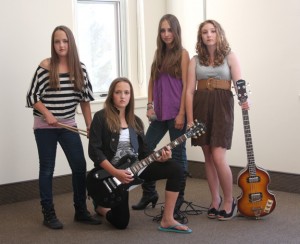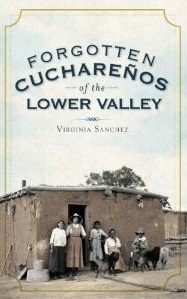By Peter Anderson
I live on the outskirts of Edgetown (aka Crestone), barely into the old Baca Land grant (now Baca subdivision), at the end of suburban and the beginning of wild, just east of a creekside riparian zone, on the high end of the piñon juniper and the low end of ponderosa, on the eastern edge of the San Luis Valley and the western flanks of the Sangre de Cristo. In between our place (8,300 feet) and town (8,000 feet), rain turns into snow. This place is a threshold where roads end and trails begin and where the horizontal meets the vertical. Edges like ecotones, those zones where ecosystems meet, are diverse, full of life, and worthy of exploration. I look forward to checking out the edges, both cultural and ecological, and dropping you a line from time to time. – Peter Anderson
If I know anything about that center where we are most at home, that place some call querencia, I find it on this edge, the end of the road, where the winds curl up and away after crossing a valley the size of Connecticut. Sangre de Cristo. Blood of Christ. If it weren’t for you, I’d blow eastward across the Great Plains. County Road T, which led me to this dead end where the only east is steep, got me here. The mountain helps me stay.
This place is a back, back eddy that draws in the slow swimmers who aren’t going anywhere in a hurry, who like to spin round in the current below the big rocks. Some of us have been drawn into this slower current because we can’t swim that fast anymore. Some of us look for sustenance in the still water … maybe we find it, maybe we don’t. Some of us spin in and out again, onto highway 17. And some of us get stuck, spinning round, wondering why we have come, watching the faster currents elsewhere moving, moving, moving.
We want the edge, and we don’t. How some of us agonize over this. Weekend Buddhists mourn their departure after retreat and go home to the fast lane, full-timers worry that they are irrelevant, others rightly question the comforts that Edgetown offers when so many others are denied such, some are waiting for apocalyptic visions to unfold or hoping for some Aquarian Mayan shift in the status quo, and still others roll reefer spinning, spinning, spinning and who the hell cares? Maybe it’s true that we’re all here because we’re not all there.
But the river needs its eddies and its eddy dwellers. We know that “fast” can take us down, so we come to a town without traffic lights. Sometimes we venture back out onto the road like St. Francis leaving his cave. Some travel further than others. I can make it to Alamosa and back, but only two days a week. Sometimes I envy those who know how to go further and faster. I read about them in alumni magazines before I toss them in the round file. The center, for me, is closer to this edge. So I stay here, ask lots of questions, watch the vultures fly in after scavenging out in the valley all day. They’ve done their work, scoured the dead off County Road T and beyond. We live under the same new moon sliver, here on the outskirts of Edgetown, this roost, this eddy, this dwelling, this home.


